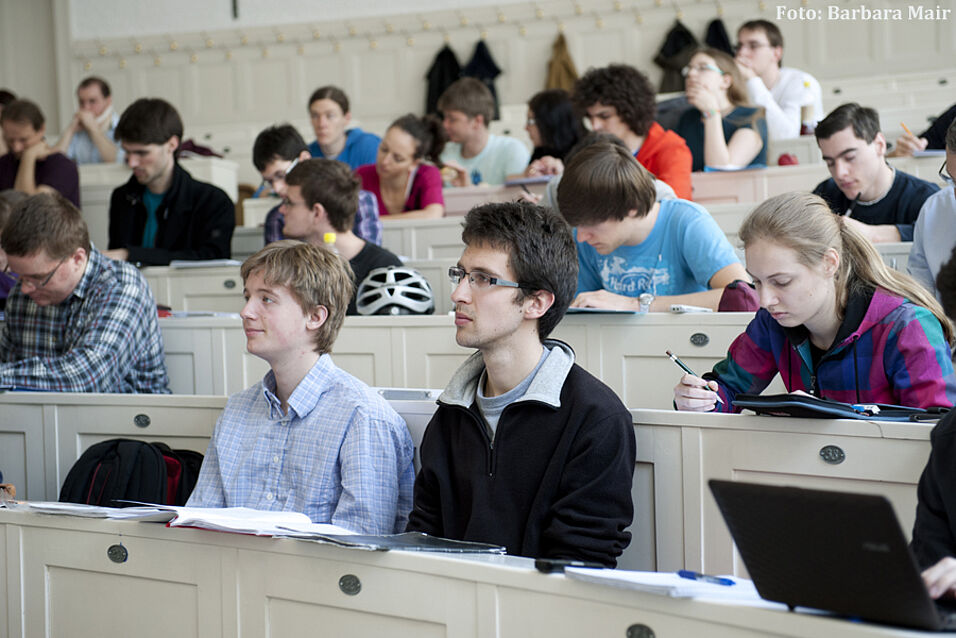In this talk we discuss pairs of mirror dual elliptic n-folds.
We show that under certain conditions mirror duality can factor into a fiber and base action, which yields mirror dual fibrations.
For threefolds this allows us to study two F-theory compactifications where Higgs and tensor branches are exchanged.
We give several examples and workout the exact base and fiber dictionary and further study (mirror dual) Higgs and tensor branch transitions.
We then apply those those results to compute Higgs branches of 4D, N=2 rank one SCFTs.
Paul Oehlmann (Uppsala): Mirror dual Elliptic fibrations and F-theory

Foto: Barbara Mair
